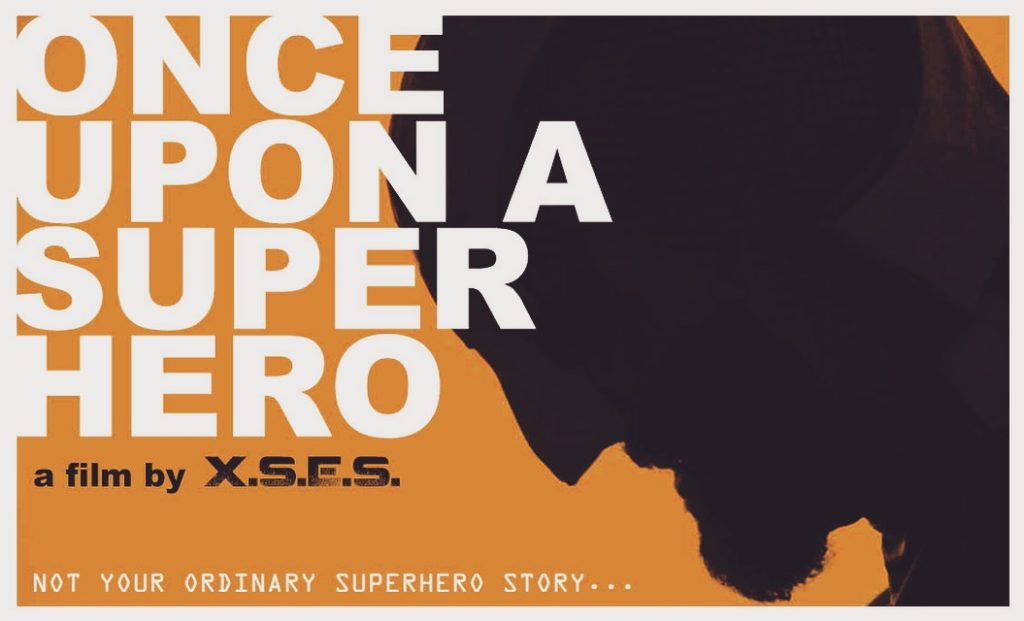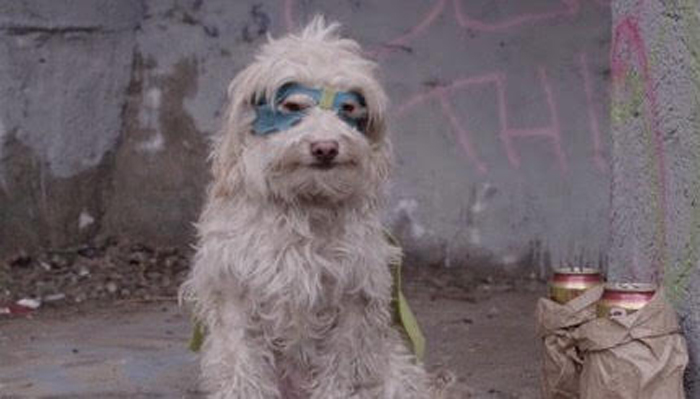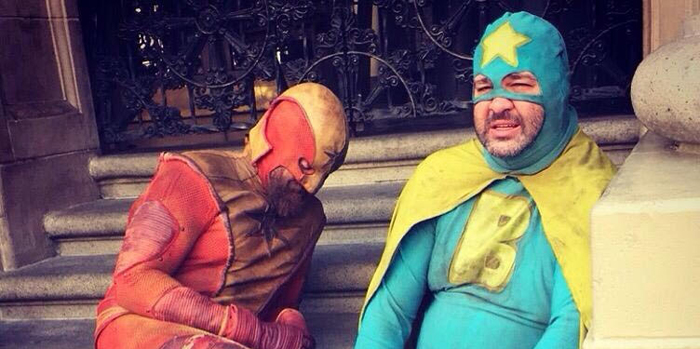Film is an art form. It’s a hard concept to remember when superhero blockbusters fill both theaters and streaming services, but it is a driving force in everything from Hulk to Netflix’s The Punisher, from Batman Forever to Black Panther. The differences between these films and shows is how deep we can go in interpreting the film. The best depth, like for all art, is the point where one film can have multiple interpretations, but still lead us to the same emotion when the credits roll. The film Once Upon A Superhero shows how that emotive force can be held intact, even without the superpowers of Hollywood.

The plot of Once Upon A Superhero can be interpreted in two ways. One interpretation is that it is the story of an interplanetary super-being from another dimension who is exiled on Earth without his powers for 189 days, spending that time in the underbelly of Hollywood and being forever changed by it. The other interpretation is that this is the story of a man who has become mentally unhinged to the point that he has lost all concept of reality, and sadly finds himself homeless on Hollywood Boulevard wearing a superhero costume. One of the great things about this film is that it progresses so fluidly in its storytelling that either interpretation can work, and both lead us to the same theme: the search for human connection and personal value in the dark recesses of humanity.

While the theme of Once Upon A Superhero may not make it the “feel good” movie of the year, it is not two hours of depressing “doom and gloom” footage. The film begins with a dark comedic tone: alleged superhero Solar Flare (Adam Marcinowski), dirty, bearded, and stripped of his superpowers, walks around Hollywood, and meets Frankie (Yvette Monreal), a young woman who just landed in Hollywood with big aspirations and enough positivity to launch a space shuttle. Solar Flare sits down with Frankie and tells her of his past 189 days (well, almost 189), meeting people like MC Deez (Mike Foy), Teeto (Thomas Dekker), and homeless cosplayers Doc Compton and Captain Boulevard. Throughout this flashback, we get it all: the hilarity of seeing someone who allegedly never drank beer before down a 40 oz. bottle in one swig; animated segments of Solar Flare’s original dimension; the goofiness of three guys in superhero costumes hanging out at a strip club with no one giving them an odd look; the awkwardness of a sex scene with an overweight woman who needs to be wheeled around in a wheelchair; violent pimps; the dark spiral of drug-use; a dog with a sidekick mask and cape. It’s a flashback, but it is so elongated that the film’s pace never suffers.

As far as production goes, everything is so top-notch that you will forget that Once Upon A Superhero is a truly independent film. The actors and actresses fit their roles perfectly, as if the characters were written to the actors. The shots are crisp whether zoomed in to characters or capturing the expanse of the Los Angeles River. There is no suffering from a lack of post work that can make some independent films seem out of place in high definition. Once Upon a Superhero is slick and polished when it needs to be, or dark and gritty when the scene calls for it.

But throughout Once Upon A Superhero, the question remains: is Solar Flare a superhero, or a man with severe schizophrenia? As far as the ending is concerned, it doesn’t matter. What matters is what you, and the characters, get out of it in the end.

